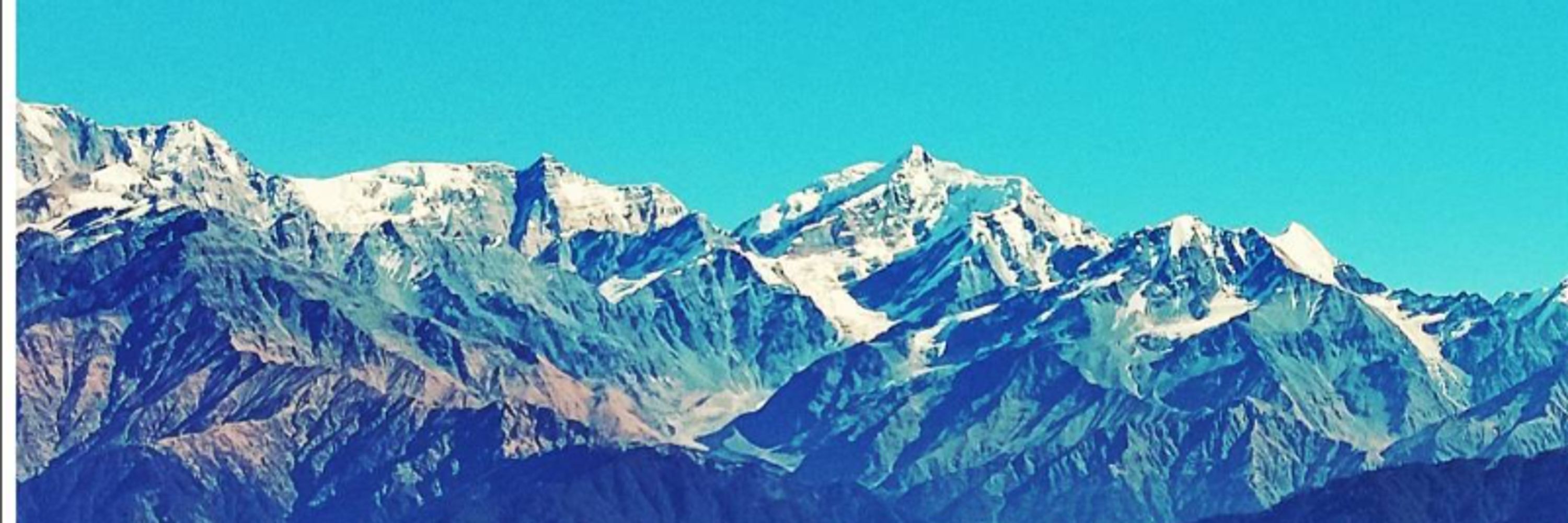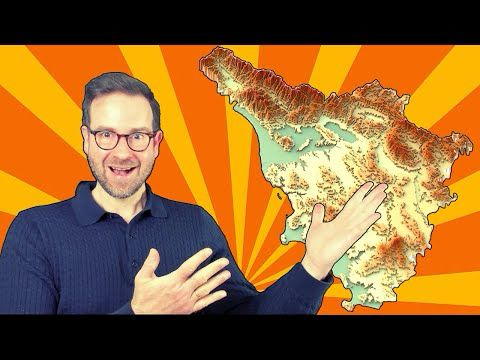
https://bio.link/praveenkalura
Indian Institute of Technology Roorkee
National Institute of Hydrology Roorkee
India
Nice Article by: oriescc.bsky.social
hs.egu.eu
@iahs-aish.bsky.social
blogs.egu.eu/divisions/hs...

Nice Article by: oriescc.bsky.social
hs.egu.eu
@iahs-aish.bsky.social
blogs.egu.eu/divisions/hs...






research.google/blog/geospat...
research.google/blog/geospat...
deepmind.google/discover/blo...

deepmind.google/discover/blo...
#EarthObservation #RemoteSensing
#EarthObservation #RemoteSensing
XAI enhances understanding of geoscience AI systems by revealing data imperfections, such as spurious correlations, and pinpointing model limitations, including sensitivity to minor image variations in RS applications.
www.nature.com/articles/s41...

XAI enhances understanding of geoscience AI systems by revealing data imperfections, such as spurious correlations, and pinpointing model limitations, including sensitivity to minor image variations in RS applications.
www.nature.com/articles/s41...
#EarthOvershootDay #ClimateChange #ClimateCrisis

#EarthOvershootDay #ClimateChange #ClimateCrisis
@ashutoshhydro.bsky.social
agupubs.onlinelibrary.wiley.com/doi/10.1029/...

@ashutoshhydro.bsky.social
agupubs.onlinelibrary.wiley.com/doi/10.1029/...


My grandfather built motors that powered big machines. In a lab not so different from his workshop, my colleagues and I uncovered the assembly of the bacterial motor. www.nature.com/articles/s41... @natureportfolio.bsky.social #MolecularNodes #Science #STEM
My grandfather built motors that powered big machines. In a lab not so different from his workshop, my colleagues and I uncovered the assembly of the bacterial motor. www.nature.com/articles/s41... @natureportfolio.bsky.social #MolecularNodes #Science #STEM
Photo Credit: Pujan Thapa

Photo Credit: Pujan Thapa

Link: onlinelibrary.wiley.com/doi/10.1002/...

Link: onlinelibrary.wiley.com/doi/10.1002/...
awi.ua.edu/news/machine...

awi.ua.edu/news/machine...
The Mysterious Line That Divides India – How Data Visualization Helps You Uncover Hidden Insights
www.linkedin.com/pulse/myster...

The Mysterious Line That Divides India – How Data Visualization Helps You Uncover Hidden Insights
www.linkedin.com/pulse/myster...
#RSGIS

#RSGIS

Discover how to transform your geospatial data into stunning contour maps and 3D terrains using the Tanaka method.
👉 Watch now:
🔗 youtu.be/q4GIQGRnTNI

Discover how to transform your geospatial data into stunning contour maps and 3D terrains using the Tanaka method.
👉 Watch now:
🔗 youtu.be/q4GIQGRnTNI
edx.hydrolearn.org/courses/cour...
edx.hydrolearn.org/courses/cour...
#GeoGPT #OpenScience #Geospatial #AI #LLM #GPT

#GeoGPT #OpenScience #Geospatial #AI #LLM #GPT

